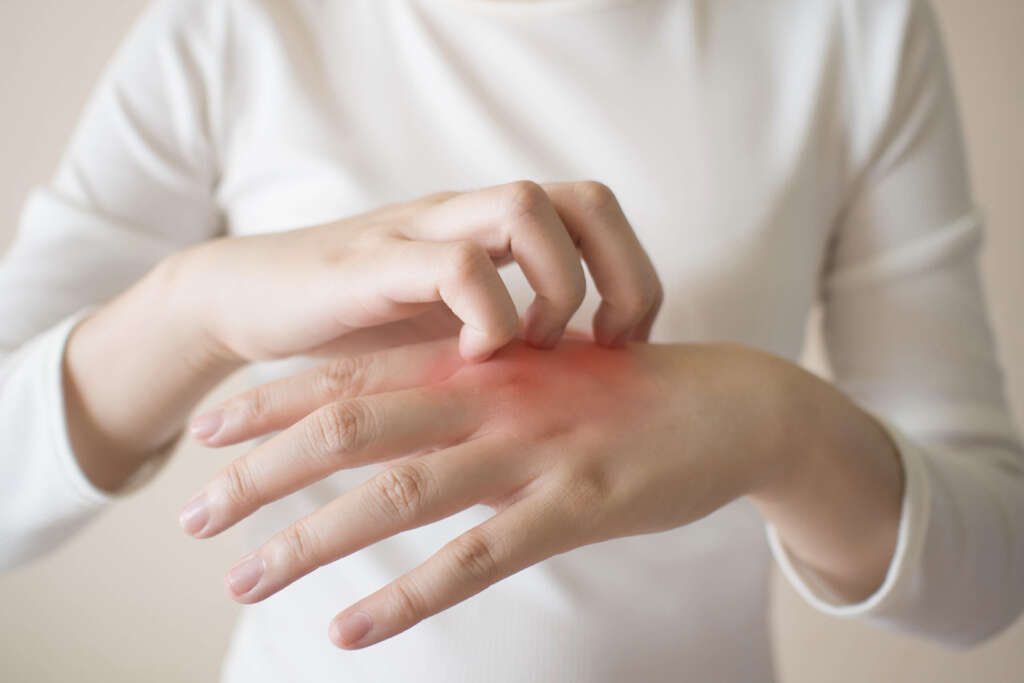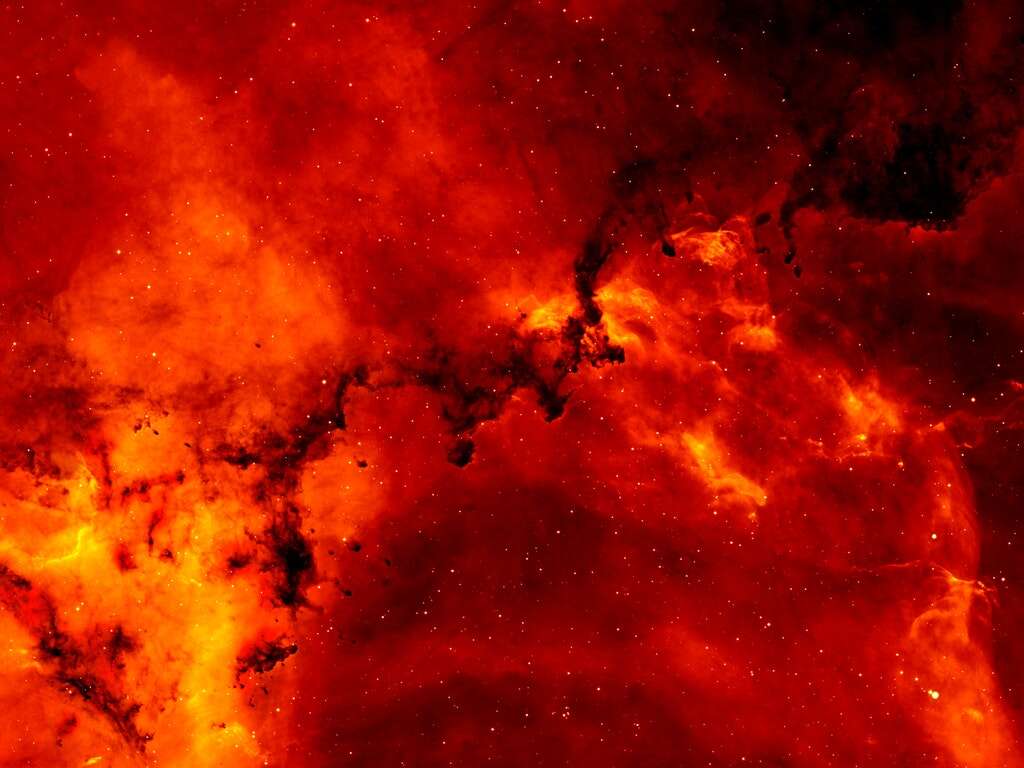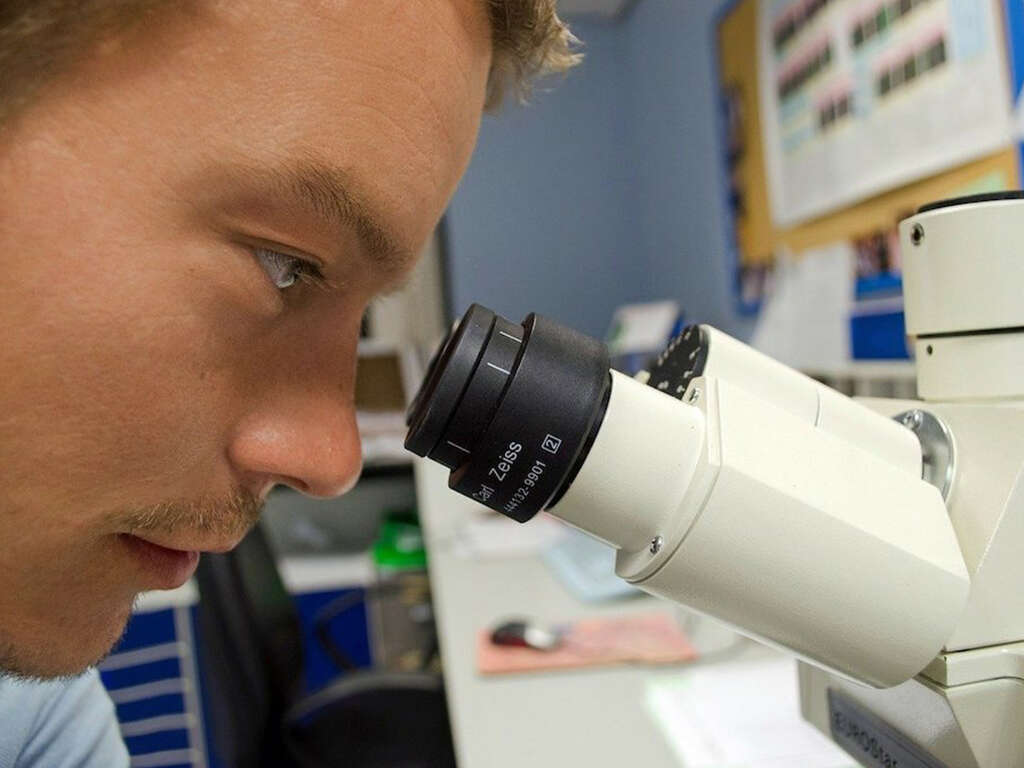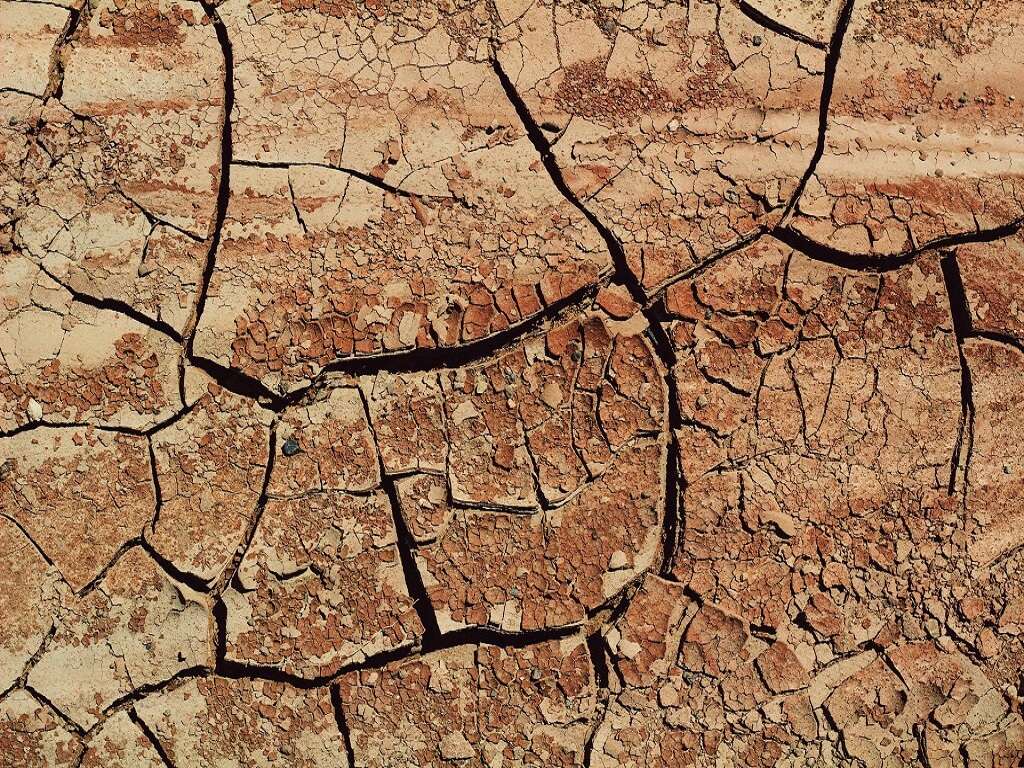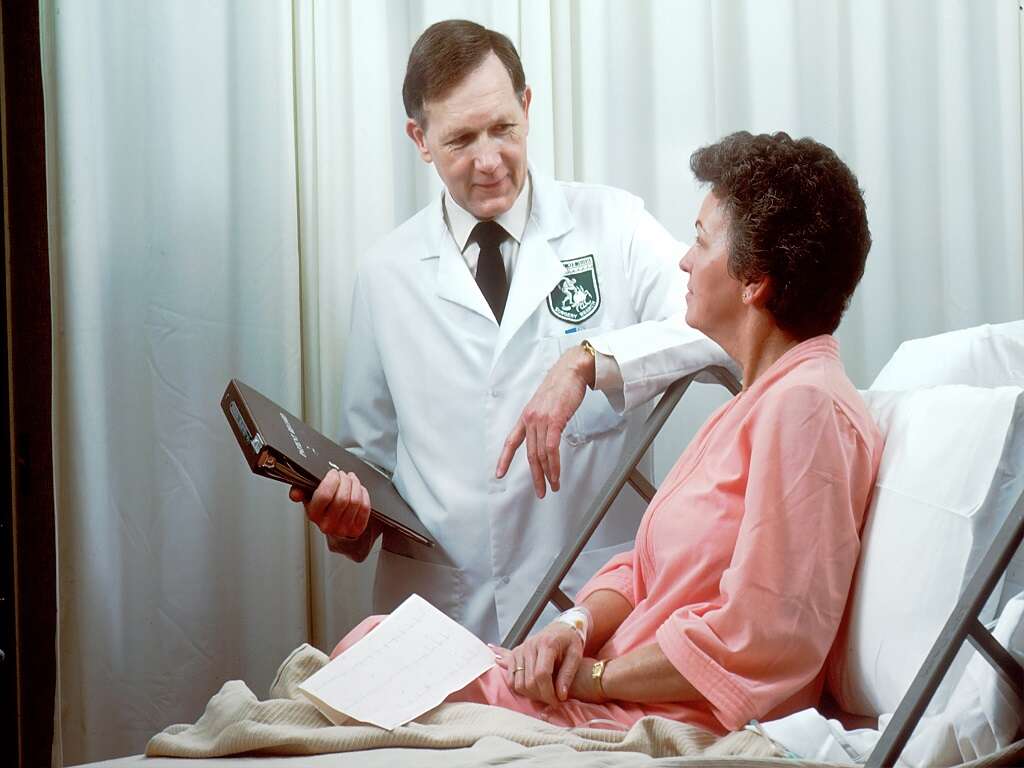What Is Mastocytosis?
3. Signs and Symptoms
Patients with mastocytosis can present with cutaneous lesions that are hyperpigmented (yellowish to reddish brown) and itchy. The skin lesions may appear as nodules, macules, papules, bullae, or blisters. In some cases, patients with extensive disease tend to experience acute symptoms that are aggravated by the ingestion of specific foods, drugs, and activities.
Some of the symptoms include dyspnea, headache, flushing, rhinorrhea, wheezing, diarrhea, vomiting, nausea, and syncope. Systemic involvement may manifest as a new fracture and bone pain as chronic exposure to stem cell factor and heparin increases the risk of osteoporosis. Other associated symptoms include abdominal cramps, weight loss, irritability, malaise, and chest pain.
Advertisement
